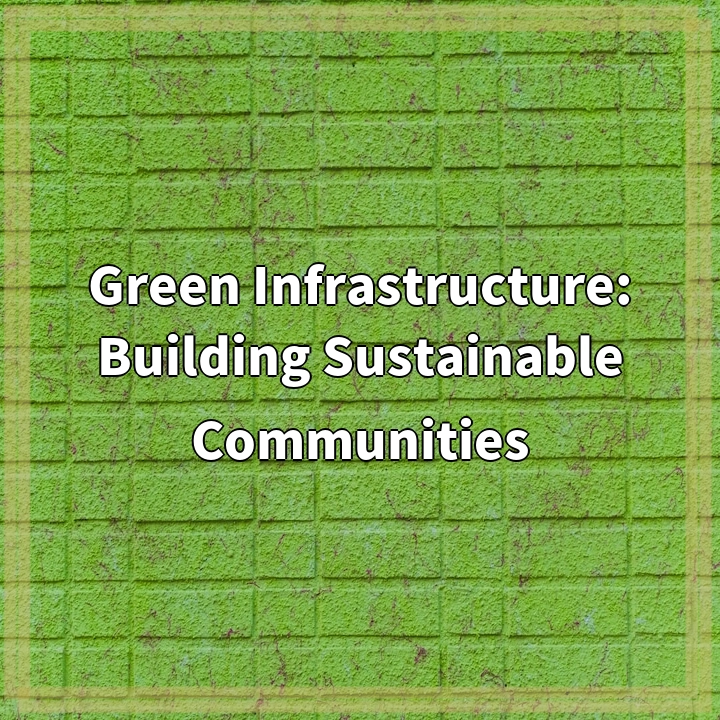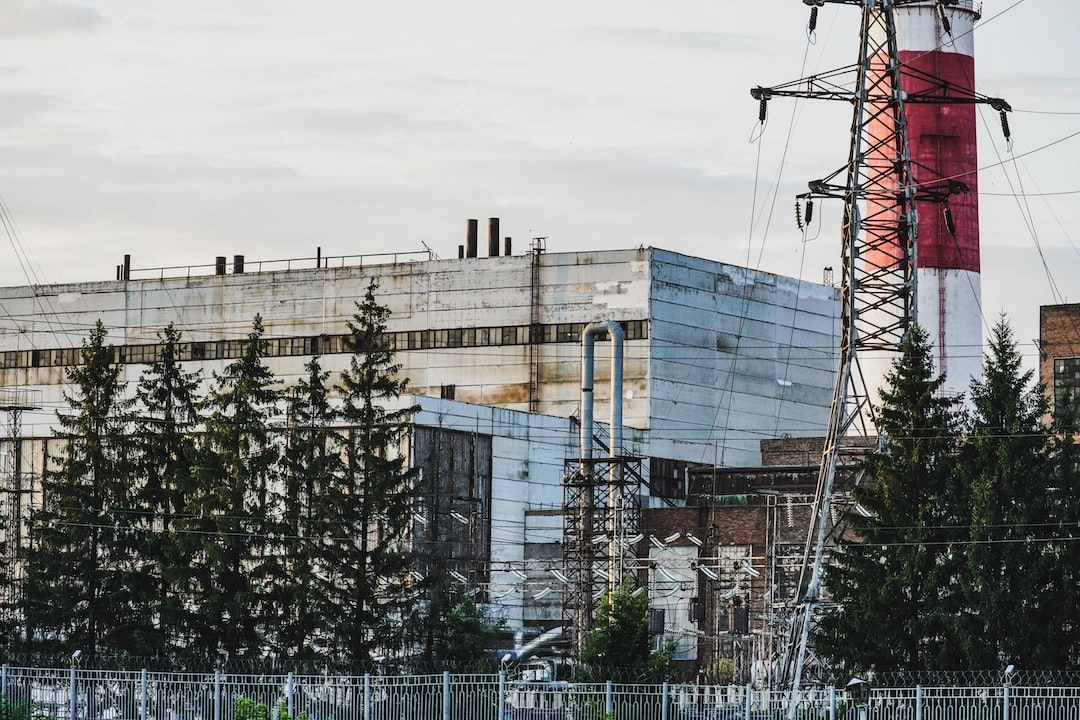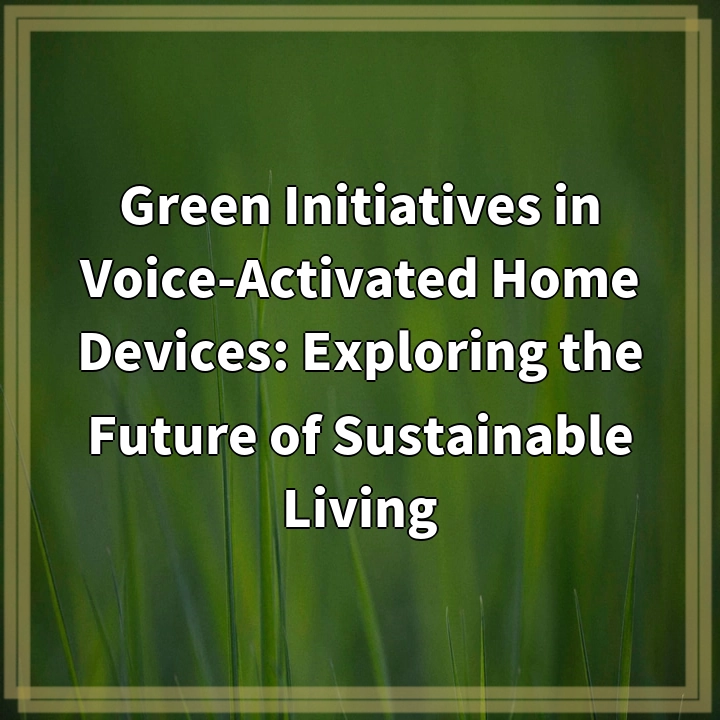
What it is:
Green Infrastructure: Building Sustainable Communities
Green infrastructure refers to the interconnected network of natural and semi-natural spaces, such as parks, forests, wetlands, and green roofs, that provide multiple environmental, social, and economic benefits to communities. It is designed and implemented to mimic nature’s functions, ensuring the provision of ecosystem services.
Unlike traditional “gray” infrastructure, which primarily focuses on engineered solutions like pipes and drainage systems, green infrastructure takes a more holistic and nature-based approach to managing water, reducing pollution, regulating temperature, and enhancing biodiversity. This approach promotes resilience, sustainability, and the overall well-being of communities.
Real-world problems:
Urban Heat Island Effect
One of the key challenges addressed by green infrastructure is the urban heat island effect. Urban areas, with their high density of concrete and asphalt surfaces, tend to absorb and retain heat, leading to elevated temperatures compared to surrounding rural areas. This phenomenon can have adverse effects on human health, increase energy consumption for cooling, and exacerbate climate change impacts.
Stormwater Management
Traditional stormwater management systems often struggle to cope with the increasing volumes of rainwater in urban environments. This leads to issues such as flooding, erosion, and the pollution of water bodies. Green infrastructure offers natural solutions, such as rain gardens, bioswales, and permeable pavements, which absorb and slow down stormwater runoff, filtering out pollutants and recharging groundwater supplies.
Biodiversity Loss and Fragmentation
Urbanization often results in habitat loss and fragmentation, leading to a decline in biodiversity. By creating green spaces and nature corridors, green infrastructure helps connect fragmented habitats, providing refuge for wildlife and supporting their movement. This not only enhances biodiversity but also improves the overall ecological health of urban areas.
Community Health and Well-being
Green infrastructure plays a vital role in improving community health and well-being. Access to green spaces has been linked to reduced rates of obesity, mental health problems, and chronic diseases. By providing opportunities for physical activity, stress reduction, and social interaction, green infrastructure contributes to creating healthier, happier, and more equitable communities.
In conclusion, green infrastructure offers a nature-based solution to many real-world problems faced by urban environments. By implementing and investing in green infrastructure initiatives, communities can build sustainable and resilient environments that enhance quality of life and contribute to a more sustainable future.

Solutions:
Solutions for Green Infrastructure: Building Sustainable Communities
Implement Urban Greening Initiatives
One solution is to actively incorporate urban greening initiatives into city planning and development processes. This involves the strategic creation of parks, green roofs, and street trees, which can help combat the urban heat island effect, improve air quality, and promote biodiversity within urban areas.
Adopt Nature-Based Stormwater Management Strategies
By adopting nature-based stormwater management strategies, communities can address the challenge of managing rainwater effectively. Implementing systems such as rain gardens, bioswales, and permeable pavements can help absorb and filter stormwater runoff, reducing the risk of flooding, erosion, and water pollution.
Promote Green Corridors and Wildlife Connectivity
To counteract biodiversity loss and fragmentation, efforts should be made to create green corridors and enhance wildlife connectivity within urban areas. By preserving or creating green spaces and nature reserves, communities can allow for the movement of species, supporting their survival and contributing to overall ecological health.
Encourage Access to Green Spaces and Parks
Ensuring equitable access to green spaces and parks is essential for promoting community health and well-being. Municipalities can prioritize the development of neighborhood parks and establish policies that support the provision of green spaces within walking distance of every household. Accessible and well-maintained amenities encourage residents to engage in physical activity, connect with nature, and foster a sense of community.
In conclusion, addressing the real-world problems associated with green infrastructure requires the adoption of nature-based solutions, active community engagement, and collaboration with municipal governments and urban planners. By implementing these solutions, communities can create sustainable and resilient environments that prioritize the well-being of both people and the planet.















